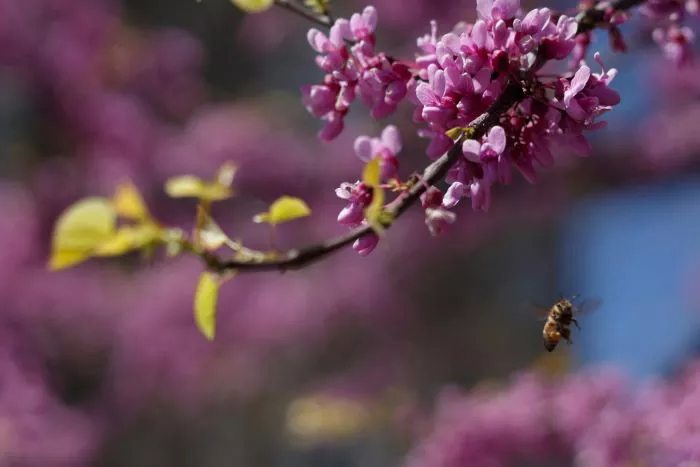Roses are among the most beloved flowers in the world, known for their beauty and fragrance. Growing roses in pots is an excellent way to enjoy these stunning blooms, especially for those with limited garden space. Container gardening allows for flexibility in placement and can enhance the aesthetic of patios, balconies, and indoor spaces. This article provides a professional guide on how to get more rose flowers in pots, covering essential aspects such as selection, care, and maintenance.
Choosing the Right Rose Varieties
The first step to successfully growing roses in pots is selecting the right varieties. Not all roses thrive in containers, so it is essential to choose types specifically suited for pot culture.
Miniature Roses: These small varieties are perfect for pots. They typically grow to about one foot tall and produce abundant blooms. Miniature roses come in various colors and are ideal for small spaces.
Patio Roses: Patio roses are compact and bushy, making them suitable for containers. They bloom continuously and are often more disease-resistant than larger varieties.
Climbing Roses: While traditionally grown in gardens, some climbing roses can be trained to grow in large pots with proper support. This adds vertical interest to your container garden.
Floribunda Roses: These roses produce clusters of blooms and are known for their vibrant colors. They are hardy and can thrive in pots with proper care.
Selecting the Right Pot
Choosing the right pot is crucial for the health and growth of your roses. The pot should provide adequate space for root development while ensuring proper drainage.
Size: Select a pot that is at least 12 to 16 inches in diameter for most rose varieties. Larger pots allow for better root growth and moisture retention.
Material: Consider pots made of materials like ceramic, plastic, or fiberglass. Ensure the pot has drainage holes to prevent waterlogging, which can lead to root rot.
Weight: Keep in mind the weight of the pot. Heavy pots are less likely to tip over in windy conditions, while lighter pots can be moved easily for optimal sunlight exposure.
Soil and Fertilization
The right soil and fertilization practices are essential for healthy rose plants and abundant blooms.
Soil Type: Use a high-quality potting mix that is well-draining. A mix specifically designed for roses or flowering plants is ideal. Avoid using garden soil, as it may not drain well in containers.
Fertilization: Roses benefit from regular feeding. Use a balanced fertilizer formulated for roses, following the manufacturer’s instructions. Fertilize every four to six weeks during the growing season to promote blooming.
Organic Options: Consider organic fertilizers such as compost or well-rotted manure. These provide essential nutrients and improve soil structure.
Watering Practices
Proper watering is crucial for the health of potted roses. Roses in containers require more frequent watering than those in the ground due to limited soil volume.
Watering Frequency: Check the soil moisture regularly. Water your roses when the top inch of soil feels dry. This may be every few days, especially during hot weather.
Deep Watering: When watering, ensure the water penetrates deeply to encourage strong root growth. Water until it drains out of the bottom of the pot.
Avoid Overwatering: Be cautious not to overwater, as this can lead to root rot. Ensure the pot has good drainage, and empty any excess water that collects in the saucer.
Sunlight Requirements
Roses thrive in bright sunlight. Proper light exposure is essential for flowering and overall plant health.
Sunlight Needs: Aim to provide at least six hours of direct sunlight each day. Morning sun is particularly beneficial, as it helps dry the leaves and reduce the risk of fungal diseases.
Location: Place your pots in a location that receives ample sunlight. If growing indoors, consider using grow lights if natural light is insufficient.
Pruning and Deadheading
Regular pruning and deadheading are vital for encouraging more blooms and maintaining the health of your rose plants.
Pruning: Prune your roses in early spring before new growth begins. Remove dead or damaged branches and shape the plant to encourage an open center for better air circulation.
Deadheading: Remove spent blooms regularly to encourage the plant to produce more flowers. Deadheading redirects energy from seed production to new growth and blooming.
Pest and Disease Management
Keeping roses healthy requires vigilance against pests and diseases that can hinder blooming.
Common Pests: Watch for aphids, spider mites, and whiteflies. Use insecticidal soap or neem oil to control infestations. Regularly inspect your plants for signs of pests.
Fungal Diseases: Powdery mildew and black spot are common issues. Ensure good air circulation and avoid overhead watering to reduce humidity around the leaves. If necessary, use fungicidal treatments.
Preventive Measures: Healthy plants are less susceptible to pests and diseases. Maintain proper watering, feeding, and pruning practices to keep your roses strong.
Seasonal Care
Caring for potted roses requires attention to seasonal changes, particularly in winter.
Winter Protection: In colder climates, protect potted roses during winter. Move pots to a sheltered location or insulate them with burlap or bubble wrap to protect roots from freezing.
Indoor Care: If bringing roses indoors during winter, ensure they receive adequate light and maintain moderate humidity. Water less frequently during dormancy.
Conclusion
Growing roses in pots can be a rewarding experience, allowing you to enjoy their beauty and fragrance in limited spaces. By selecting the right varieties, providing proper care, and maintaining good practices, you can encourage abundant blooms throughout the growing season. With attention to watering, sunlight, pruning, and pest management, your potted roses can thrive and bring joy to your home. Whether for personal enjoyment or as a gift, potted roses can brighten any space and create a lasting impression.


